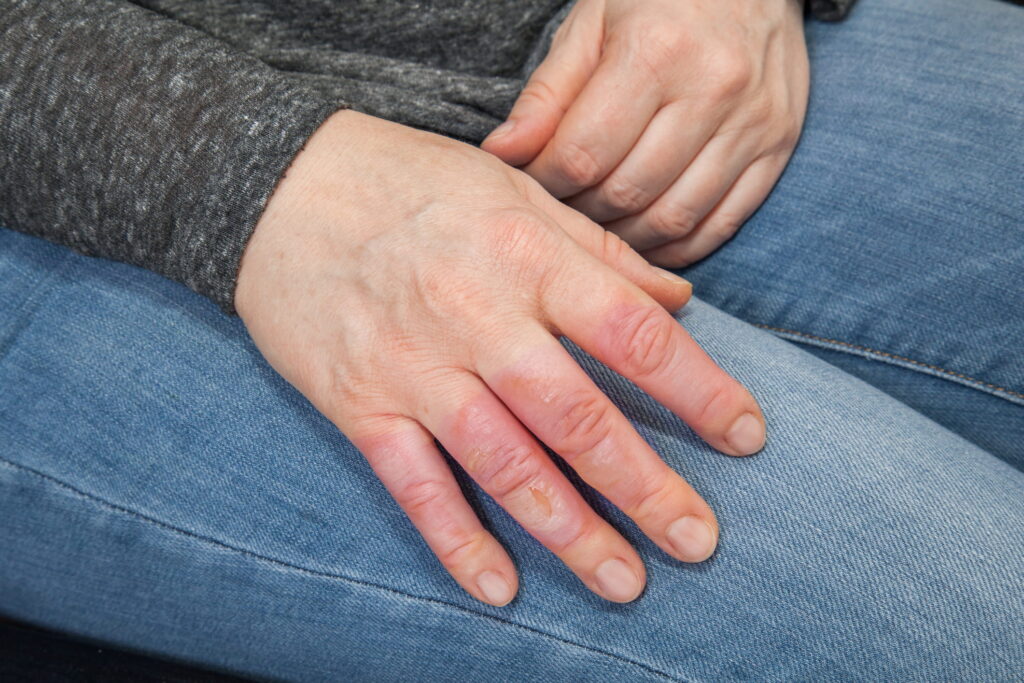What Are The Most Common Ways Burn Injuries Happen?

Burns are common injuries occurring when burn-causing materials or elements impact the epidermis or deeper layers of skin. According to a fact sheet compiled by the American Burn Association (ABA), medical professionals treated more than 486,000 burns in 2015. This figure focuses on burns requiring hospitalization or emergency room treatment and doesn’t include treatment for minor burns at medical clinics and doctors’ offices.
Burns can be severe and life-threatening. In addition to disfiguration, burns can cause serious health issues such as infections, pneumonia, and amputation. Identifying common causes of burns can help you take steps to prevent burn injuries.
- Common Types of Burn Injuries
- Common Ways Burn Injuries Happen
- What should you do immediately after a burn injury?
- How to Prevent Burn Injuries
- Should you hire a lawyer for an injury that occurred in the workplace?
- How can catastrophic injury lawyers help you with burn injuries?
- You Deserve Fair Compensation
- Related Catastrophic Injury Resources
Common Types of Burn Injuries
Burns are classified based on the severity of the damage:
- Superficial: Superficial burns are minor and impact the epidermis. A full recovery is typical, although superficial burns can cause discoloration in some cases. A superficial burn is called a first-degree burn.
- Partial Thickness: These burns affect the inner and outer layers of the skin. In addition to the pain and redness of superficial burns, partial-thickness burns may cause swelling and blisters. A partial-thickness burn is called a second-degree burn.
- Full Thickness: Full-thickness burns affect every layer of skin. Victims don’t feel pain because these burns destroy the nerve endings in the affected area. Full-thickness burns are classified as third-degree burns.
- Severe Full Thickness: In addition to damaging all layers of skin, the burns may affect the victim’s fat, muscles, and/or bones. These critical full-thickness burns may be called fourth-degree, fifth-degree, or sixth-degree burns.
Common Ways Burn Injuries Happen
According to the ABA’s fact sheet, the most common causes of burn injuries requiring treatment at burn centers include the following:
- Open Flames: Coming in direct contact with open flames or fire cause these burns.
- Scalding: Contact with hot liquids scalds the skin.
- Contact: Also known as thermal burns, contact burns involve touching hot objects like a heater or iron.
- Electrical: Many people have experienced a minor electrical shock. Severe exposure to electricity causes electrical burns, which can damage internal organs.
- Chemical: Exposure to acids, gasoline, and other chemicals can cause chemical burns.
Other causes of burns include UV rays from the sun or radiation from medical tests or treatments, which cause radiation burns.
What should you do immediately after a burn injury?
If possible, determine the type of burn. Redness indicates a first- or second-degree burn, while charred or white skin indicates a third-degree burn. However, electrical burns may not produce the same discoloration at the point of contact.
Since diagnosing tissue damage and internal damage is complex, medical professionals recommend seeking treatment if your burn symptoms include blisters, intense pain, or any signs of infection. You should also seek treatment for burned skin in sensitive areas, such as your face or genitals. Depending on the severity of your burns, you may be able to recover with outpatient treatment. Medical professionals may refer you to a burn center if your case is critical.
How to Prevent Burn Injuries
Some essential ways to prevent burn injuries include the following:
- Limit exposure to direct sunlight
- Wear sunscreen with SPF 30 or higher
- Keep your water heater no higher than 120 degrees Fahrenheit
- Store chemicals in a locked area
- Use electrical outlet covers
- Use fireplace screens
- Use rear burners when cooking
Should you hire a lawyer for an injury that occurred in the workplace?
Burn victims may have difficulty breathing, and some people may need months of treatment to recover. If you were burned in the workplace, you might spend months coping with medical bills, lost income, and other costs stemming from your catastrophic injury.
You may be entitled to more compensation than your workplace offers. Seek a free case evaluation from our expert workers’ compensation attorneys to ensure you understand your rights and legal options.
How can catastrophic injury lawyers help you with burn injuries?
Our catastrophic injury lawyers bring years of experience to your case. When you contact our catastrophic injury attorneys, you’ll receive a free legal assessment. Our attorneys use our legal knowledge to prepare your case and fight for you to receive all the compensation you deserve. Instead of trying to learn the legal steps to seek compensation yourself, let our legal team gather evidence, prepare legal documents, and take the appropriate steps to secure your compensation while you focus on your recovery.
Sources
Burn Incidence and Treatment in the United States (2016). (2016).
Burns. (2020).
You Deserve Fair Compensation
Don’t let the insurance companies intimidate you into accepting less than you deserve. We’re ready to fight for you.
Related Catastrophic Injury Resources

Written and Legally Reviewed By: Kyle Bachus
4.6 ★★★★★ 1,461 Google Reviews
Kyle is a member of the Colorado and Florida Bar associations and has served on the Board of Directors of the Colorado Trial Lawyers Association for more than twenty years in total. Over the years, Kyle has achieved justice for many clients. He has served on numerous committees and repeatedly won recognition from his peers at both the state and national level. He is proud of the role he has played in the passage of state and national legislation to protect consumers and is a frequent speaker and guest lecturer.










